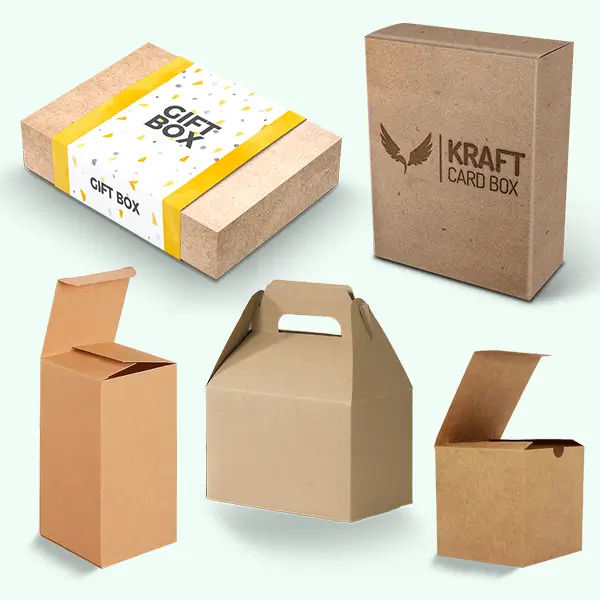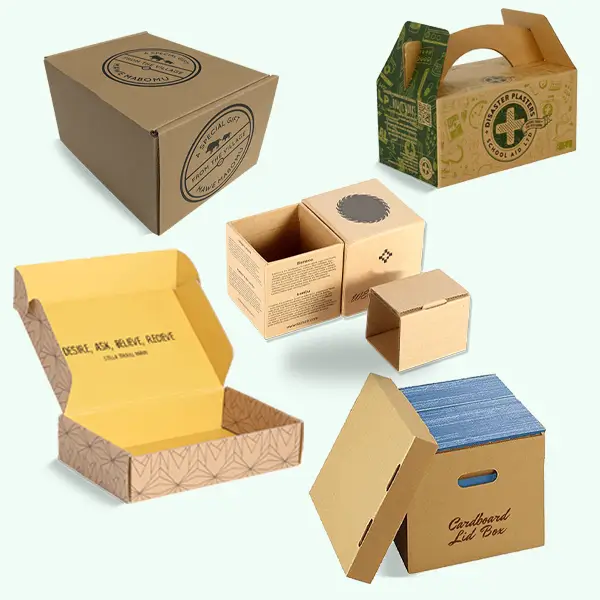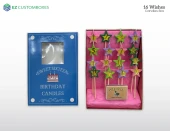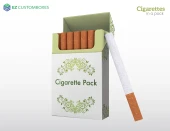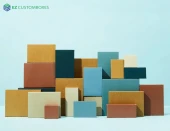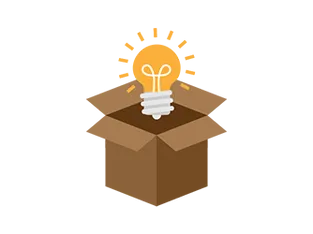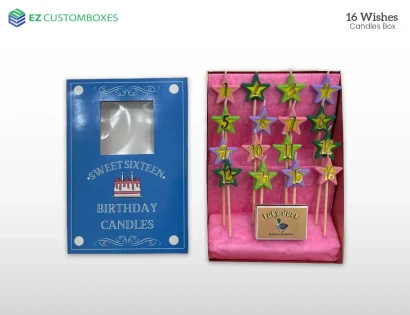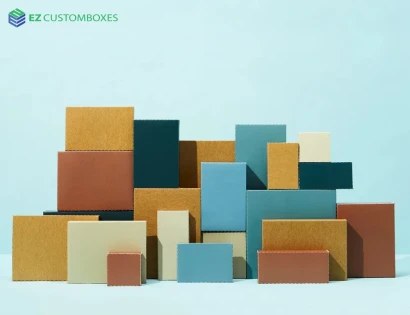Table of Contents:
- What is cardboard made of?
- How cardboard is made?
- Is Cardboard Sustainable Packaging Material?
- Why to Use Cardboard?
One often used material with great significance in our daily life is cardboard. Along with building and structural support, this flexible material finds usage in packaging and shipping as well as structural support.
Made of layers of paperboard, cardboard—which is acknowledged for its lightweight yet strong qualities—is environmentally beneficial when compared to many other materials.
What is cardboard made of?
Many items we purchase come in boxes and packaging made from cardboard, a type of material. Made from paper pulp—created by breaking down fibers found in trees and plants—it is
Adding flutes between two layers of paperboard
—also known as corrugation
—allows one to create corrugated cardboard.
To meet various packaging needs (Printing, Dies, Coating, etc.), it can also be produced in several thicknesses, colors, and textures.
Types of corrugated cardboard are shown in the image:
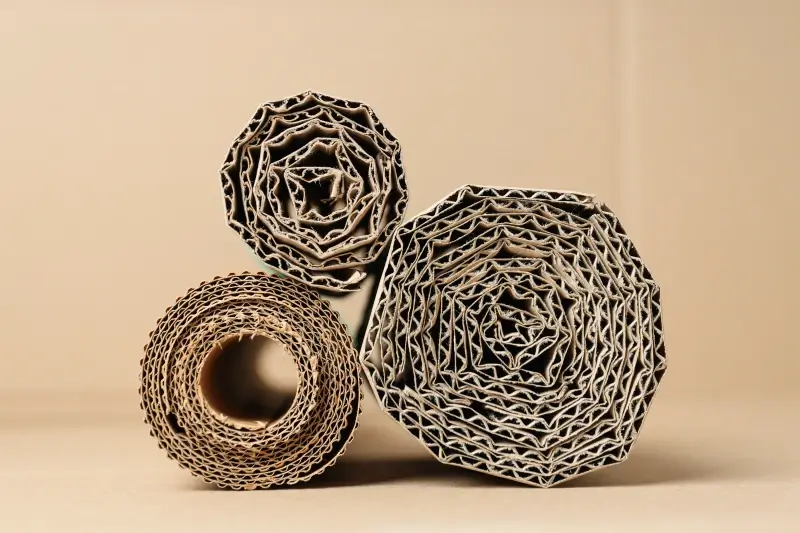
How cardboard is made?
Making cardboard is as easy as following these steps:
1 – Pulping
The initial stage in producing cardboard is to extract wood pulp from trees. The cut wood is combined with chemicals and water to extract fibers and eliminate contaminants.
2 – Cleaning
The pulp is ready for the next procedure after screening and cleaning by means of elimination of any residual contaminants.
3 – Bleaching
The pulp could be bleached to eliminate any last color if one wants a consistent white tint.
4 – Forming
The pulp is converted into flat sheets using a Fourdrinier machine. The pulp is dumped onto a flat surface then drained out to create a layer.
5 – Pressing
Pressing the pulp sheets between big rollers produces then a smoother surface.
6 – Corrugation
Then, flat cardboard sheets are put into a corrugator machine to develop their strength and durability. Corrugation—the process of adding flutes between two sheets—allows one to create corrugated cardboard. Mostly utilized for safe, damage-free shipment of goods are corrugated boxes.
7 – Cutting and shaping
From cardboard sheets, one can design boxes, containers, or other objects.
Is Cardboard Sustainable Packaging Material?
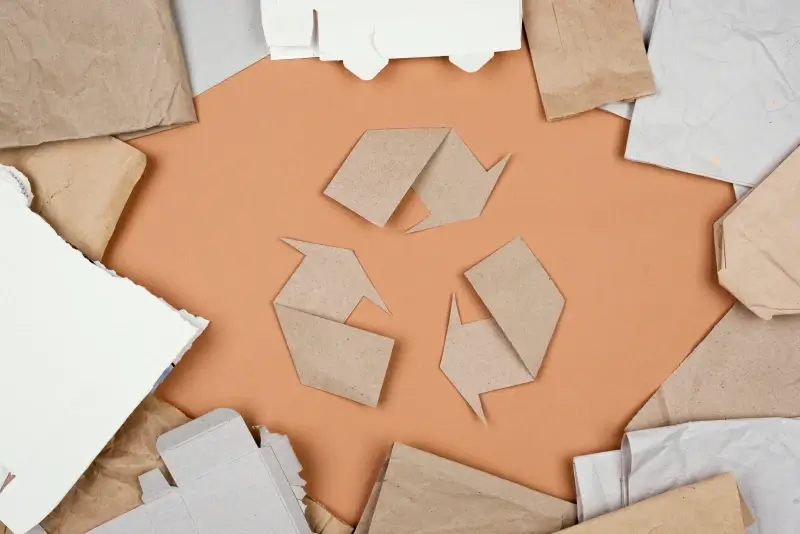
Depending on its manufacturing, use, and disposal, cardboard could be considered a sustainable material. The fundamental advantage of cardboard is that it comes from a renewable resource—wood fiber taken from trees.
Therefore, depending on how it is disposed of correctly, cardboard can either be recycled into new goods or naturally breaks down in the surroundings.
Why to Use Cardboard?
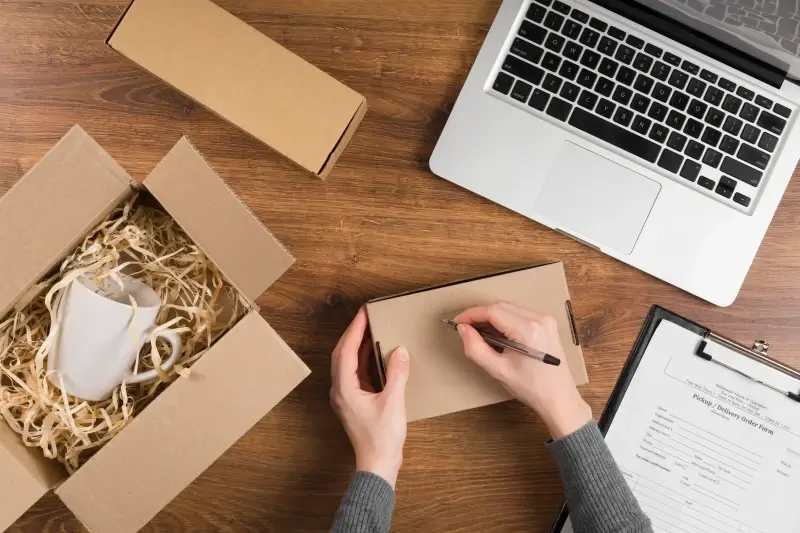
The majority of industries worldwide are in pursuit of environmentally responsible packaging that is sustainable. Cardboard is an advantageous material for the following reasons:
1 – Recyclable
Being a biodegradable and recyclable material, cardboard can be used repeatedly or turned into new goods. This cut waste and improves sustainability.
2 – Affordable
In terms of cost-effectiveness, it is a perfect alternative for people and businesses looking for economical packaging solutions.
3 – Versatile
Cardboard has several uses, including packaging and shipping. Cut, fold, and manipulate to make whatever you can imagine, in any size you can imagine. Better printing quality is possible than with other materials because of this.
4 – Durable and Strong
The addition of flutes between two cardboard layers makes cardboard quite strong and durable, making it ideal for protecting and shipping items of different sizes.

Ethan Robert works at EZ Custom Boxes as their digital marketing manager. Having a solid background in SEO, content strategy, and eCommerce growth, he specialises in using creative packaging content and data-driven campaigns to drive online visibility and brand interaction.



